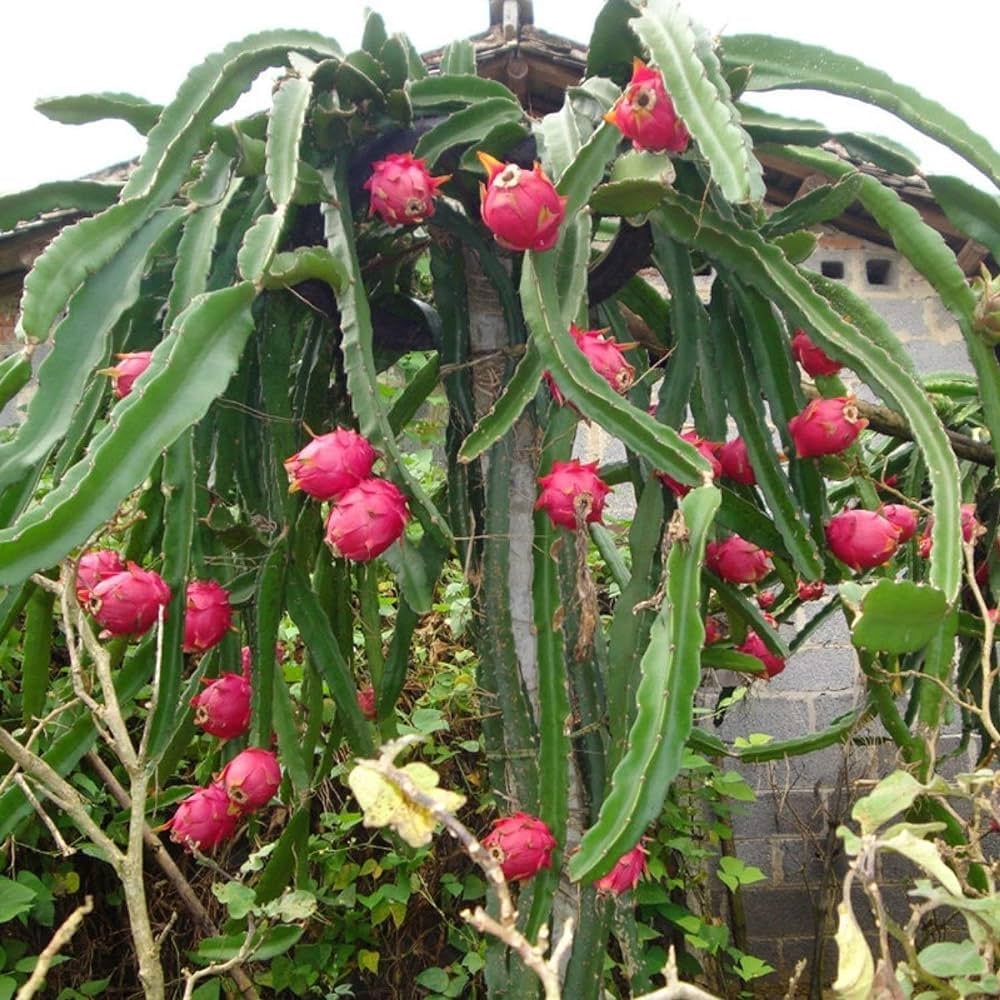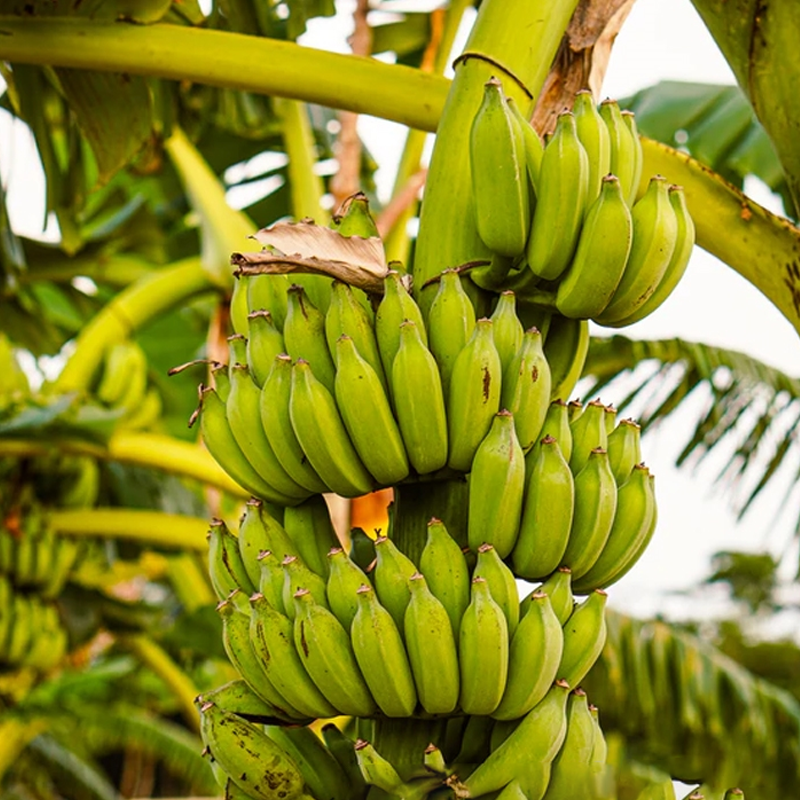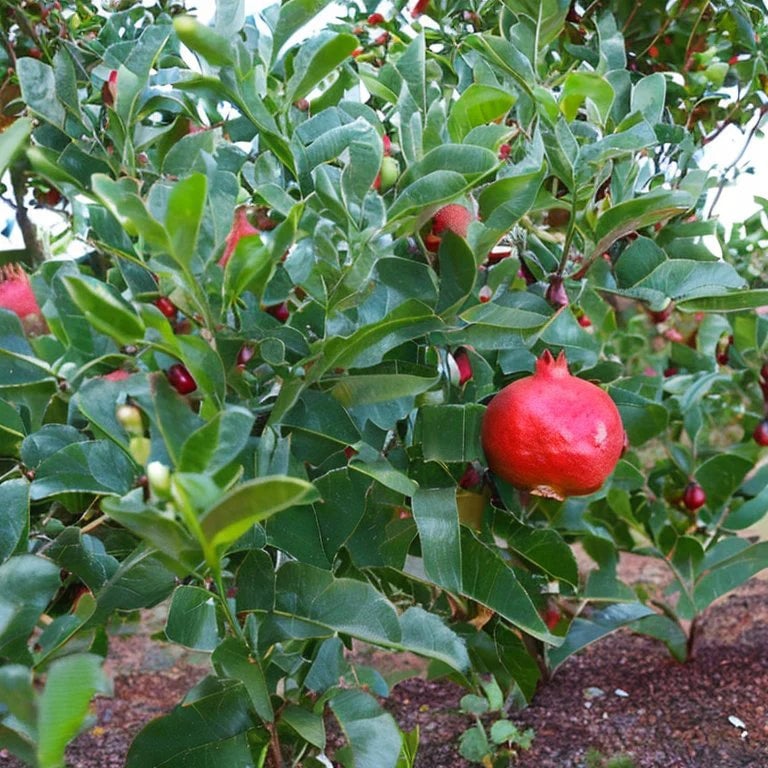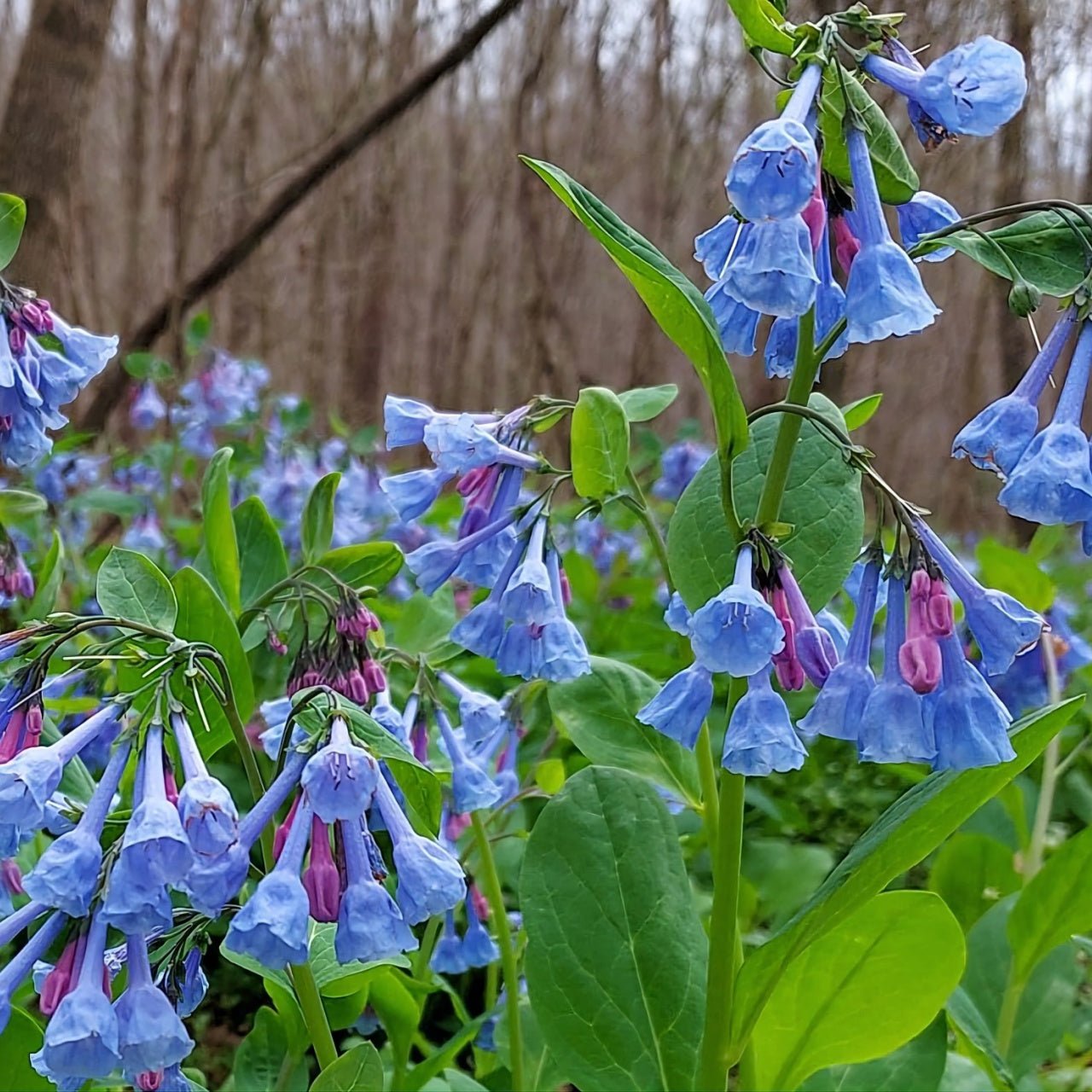

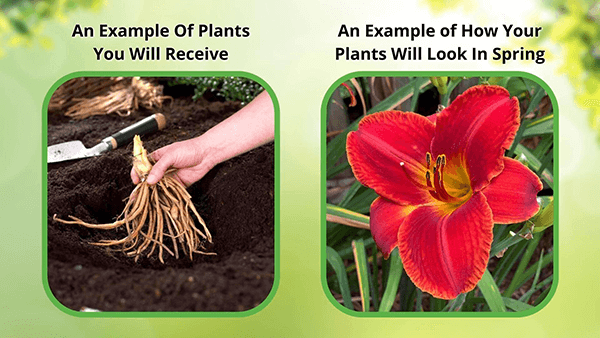
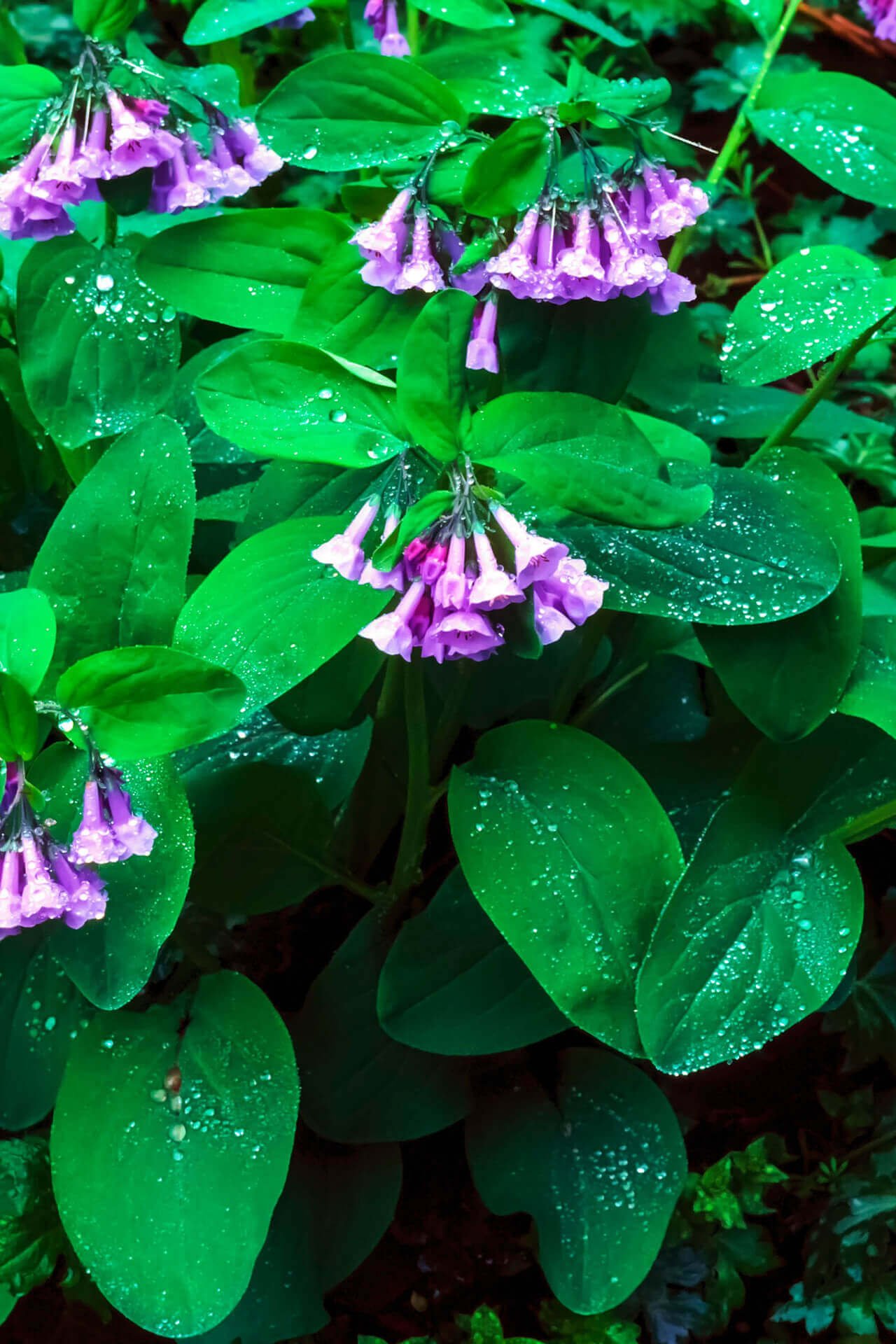
Virginia Bluebell
Attracts pollinators like bees and butterflies
One of Spring's first bloomers
Bloom color ranges from pink to sky-blue
Thrives in
ZONE 3ZONE 4ZONE 5ZONE 6ZONE 7ZONE 8This plant ships:
Ships Week of May 5thVirginia bluebell (Mertensia virginica)
The Virginia bluebell is a deciduous, spring ephemerals that seem to be here one day and gone the next. They grow in woodlands and deep forests and are perfect for your garden. It is a great treat to get to see these blooms before they are gone for the season! Don’t chase them at your local arboretum. Grow your own and you will never miss them again.
Plant Details - Virginia Bluebell
Family: Borage (Boraginaceae)
Light Requirement: Shade
Water Needs: Average/Moist
Height: 1 - 2 ft.
Growth Rate: Fast
Bloom Time: Spring
Flower Color: Blue
Wildlife Value: Attracts bees and butterflies
Landscape Uses and Maintenance - Virginia Bluebell
With its small, compact size, you can fit the Virginia bluebell anywhere in your garden. Great for the border, rock garden, and mixed with other shade-loving perennials, like Dutchman’s breeches, trillium, or toad lily.
This plant enjoys dappled sunlight, so keep it shaded rather than scorching in full sun. With beautiful, sloping flowers, they are a wonderful native addition to your garden.
A low maintenance favorite! This is a great plant for all levels of gardeners indeed: from the eager novice to the more experienced. This plant will thrive in rich, well-drained soil, and when once established needs very little care. No fertilization necessary.
Get the best bang for your buck -- good news for the frugal gardener! This is a colonizer that will make larger clumps in the garden over time, spreading over an area.
Noteworthy Characteristics
When the leaves of the Virginia bluebell initially emerge, they are a deep purple that fades into a lush green. They are quickly followed by the growth of gently sloping flower stems that erupt with pastel blooms.
These flowers begin as a soft pink, change to purple, and finally bloom into a gorgeous, powdery sky blue. Blue is the rarest color in nature – stun your friends when they visit! Some varieties may include white.
As spring ephemerals, they bloom in the springtime and then disappear for the rest of the season. Interplant with Solomon’s seal or ferns to reduce the empty spaces left behind when the leaves die back.
This Is How Your Plants Will Look upon Delivery
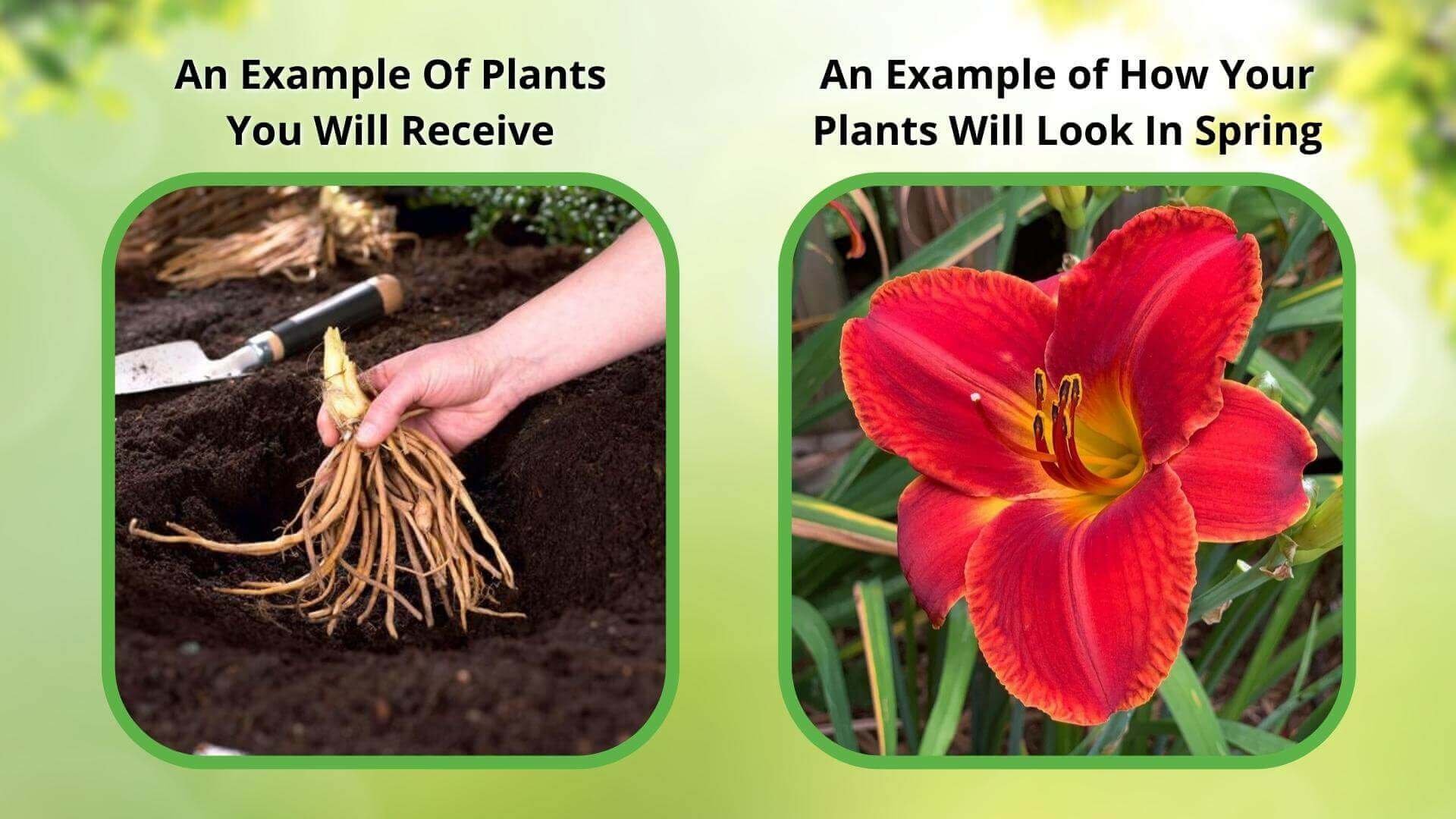
Bloom Season
Spring
Bloom/Foliage Color
Blue
Care
Virginia Bluebell (Mertensia virginica) thrives in well-drained, rich soil. Water regularly to keep the dirt wet, particularly during dry periods. Remove spent blooms to encourage new growth. Separate plants every few years to maintain vigor and prevent overcrowding.
Plant Reproduction
Virginia bluebells spread through rhizomes and self-seeding.
Shipping date depends on the date displayed and chosen when you order from the product's page.
We only accept returns on plants verified dead. If you think your plants have died, we offer a 1 year warranty, please use this File a Claim Link to verify dead plants and start with return warranty process.





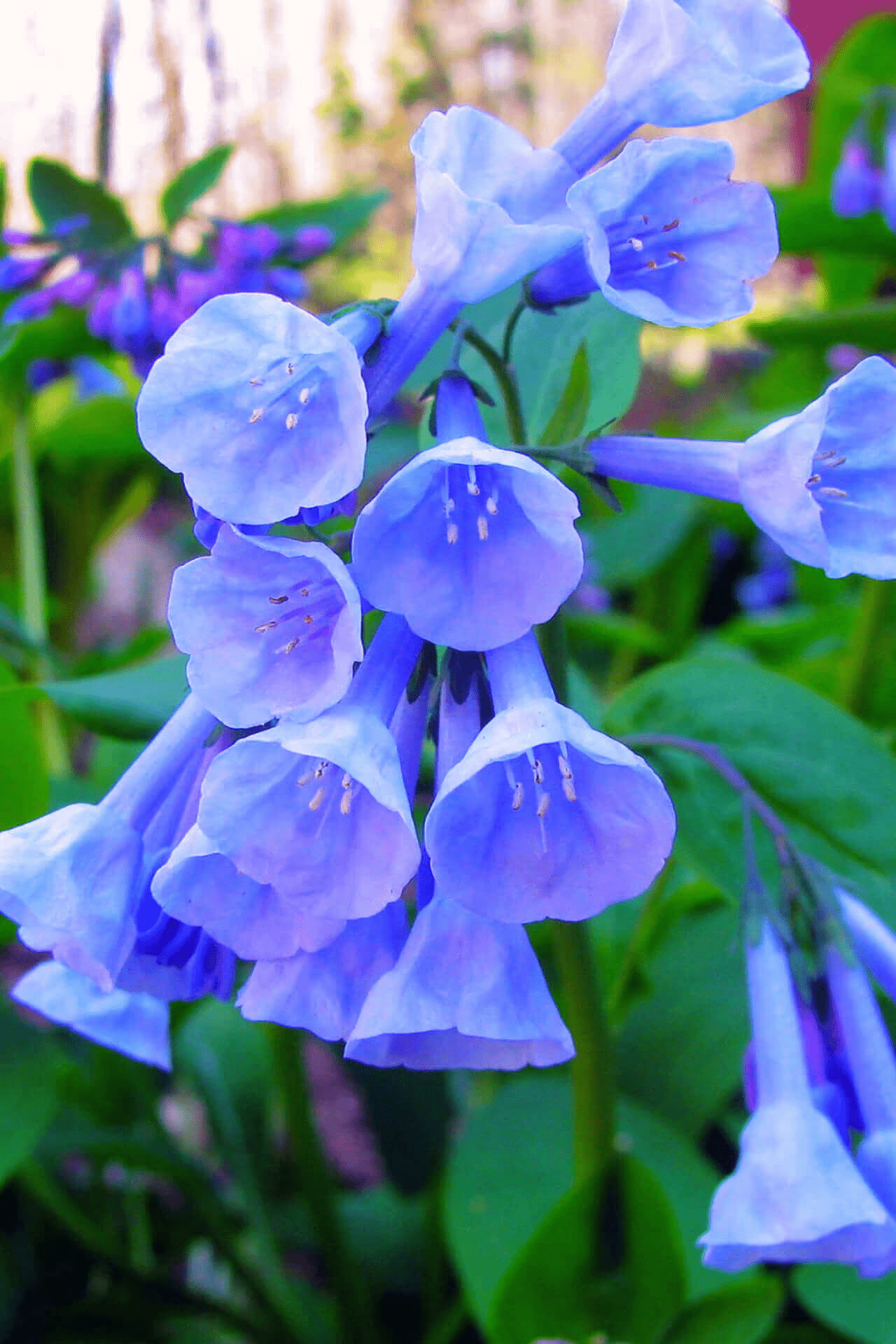
Stunning Color Transition:
Virginia Bluebells start as pink buds and gracefully turn into soothing sky-blue flowers, offering a captivating display.
Springtime Delight:
Blooming early in spring, these perennials provide a refreshing burst of color after the winter season.
Adaptable and Easy-Care:
Thrives in shade or partial sun with minimal maintenance, perfect for a variety of garden settings.
Naturalizing Beauty:
Ideal for woodland gardens, these plants spread gently, creating a lovely, naturalized look with their graceful blooms.
Caring Tips
How do I care for my Virginia Bluebell?
Each box contains detailed care instructions and information about your product. But here's the basics.
Care Tips
Virginia Bluebell (Mertensia virginica) thrives in well-drained, rich soil. Water regularly to keep the dirt wet, particularly during dry periods. Remove spent blooms to encourage new growth. Separate plants every few years to maintain vigor and prevent overcrowding.
Light Requirements
Virginia Bluebells (Mertensia virginica) thrive in partial to full shade, making them ideal for woodland gardens. They prefer dappled sunlight but can tolerate early morning sun. Too much natural sunlight can push the leaves to wilt or scorch.
Hardy Planting Zones
3 • 4 • 5 • 6 • 7 • 8
Header
Use this content to share information about your store and products.
Frequently Asked Questions
How often should I water my plants?
How do I know if my plant is getting too much or too little sunlight?
What should I do to prepare my plants for winter?
What are the signs that my plant needs fertilizing?
How can I prevent pests from damaging my plants?
How do I choose the right plant for my climate zone?



